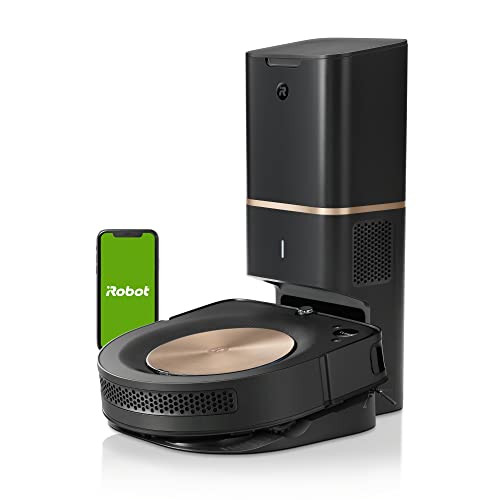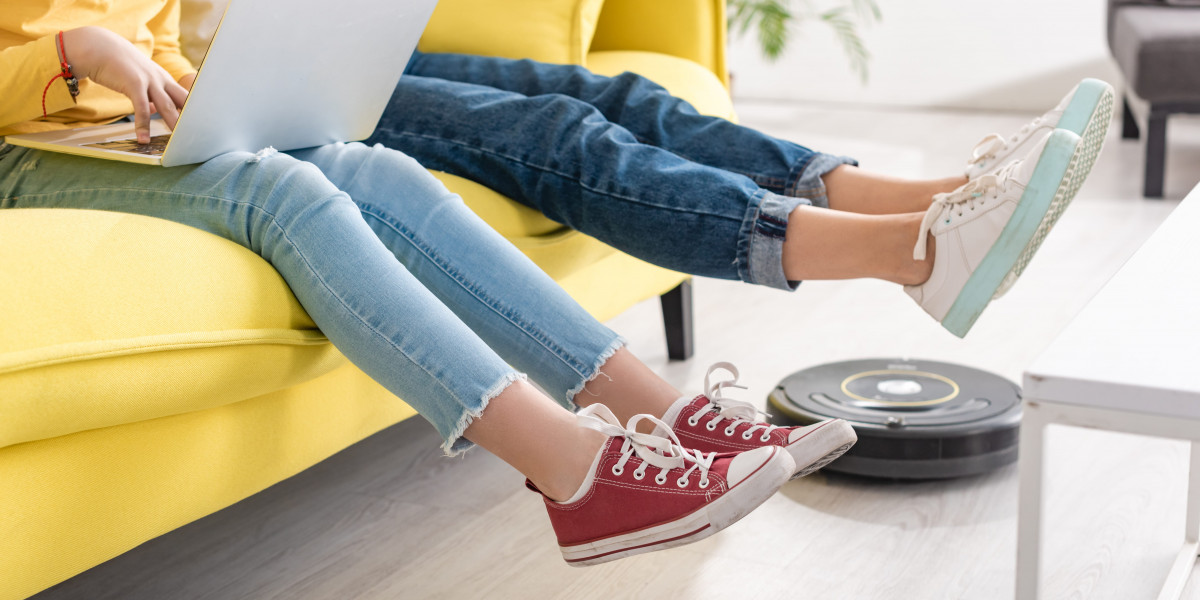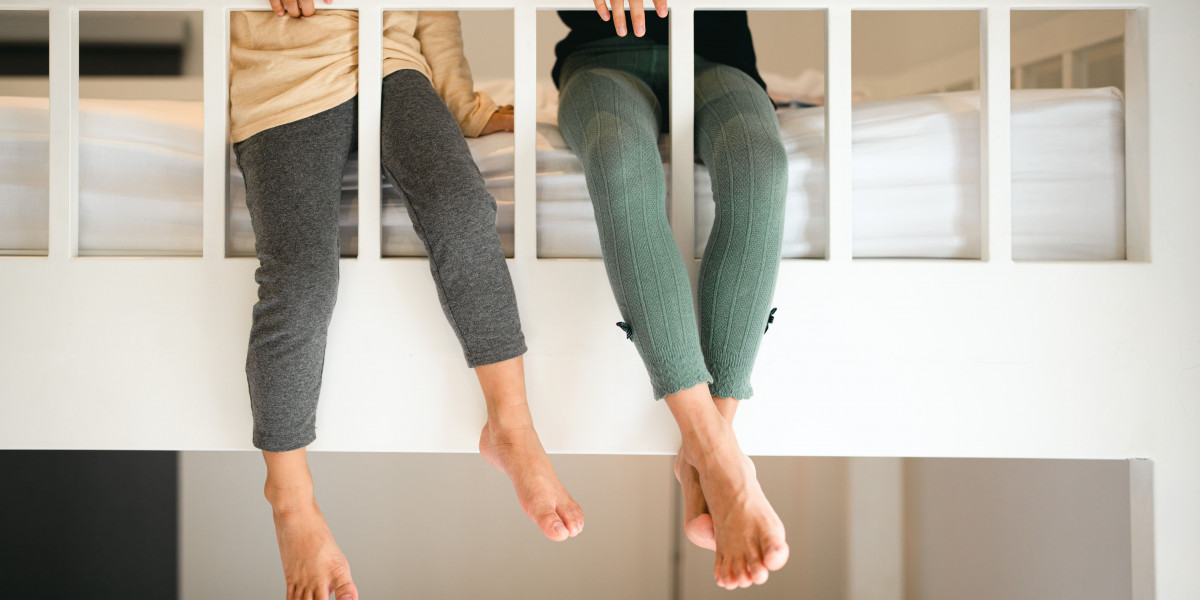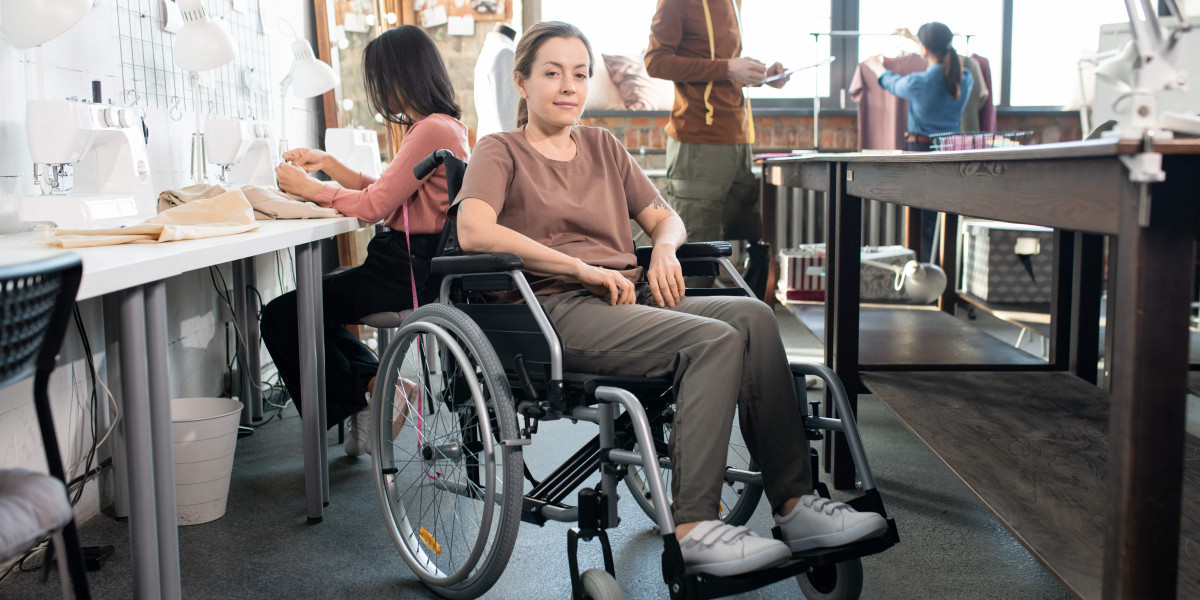A robot vacuum can keep you on top of pet hair and lint on a daily bases. Many robot vacuums have applications that let you schedule cleaning sessions. You can also set virtual boundaries, or walls, to ensure that the vacuum is kept away from areas that you don't wish to be cleaned.
This smart vac and mop creates a home map after its first run, memorizing your home's layout for future tasks. It has self-cleaning brush rolls and an extra-large dust bin that empty automatically.
Object Detection
When choosing a robot vacuum, look for one that can pick up big items, such as lamp cords and toys, and also dust particles. This will help ensure they don't become entangled in the roller brush, and don't end up on your floors. This feature is particularly important for those who have pets or children and need to clean the robot regularly.
It's recommended to select a model that has a powerful motor and plenty of suction power. This will help it to be more effective in eliminating dust, pet hair and lint off carpets and hardwood floors.
The size of your house is a different factor to consider. If you live in an apartment, you may want to pick one that has multiple cleaning zones, so you can clean the entire house in one session. Certain models have mopping features that can be used to keep floors looking clean and fresh.
Robot vacuums are tough but they need to be maintained in a timely and efficient manner. Cleaning the rotating brushes and emptying the dust container and wiping down the sensors regularly will ensure that your robot is running smoothly for the years to come. Many of the owners of robot vacuums we speak with have had the same machine for 10 years or more (and have replaced motors, brushes and batteries as they went along).
A basic robot is much less costly than a larger vacuum cleaner. They will still perform a great job of cleaning the surface of dirt, pet fur and lint. They're an excellent maintenance tool that you can send out every week to keep your floor tidy. However, they don't offer as much smart technology, and can be prone to getting stuck or require human intervention.
Object Avoidance
The best robot Vacuum and mop for vinyl plank Floors robot vacs use sensors, lasers, or cameras to guide them around your home without falling off or getting stuck on the stairs. Certain models are able to return to their dock or base when their battery is depleted. They also can avoid obstacles like furniture cords and legs. The ones that are more expensive usually come with mapping capabilities that permit them to memorize the arrangement of your home, and spend less time hitting walls.
If you don't want spend the money on the most sophisticated robotic vacuums, you can find a model that does a great job of picking up pet hair, dirt, dust and crumbs from hard floors like tiles and wood, as well as carpets with low pile. They can also take care of larger particles like nails with rusty screws, metal screws or discarded toys. Some even come with self-emptying bases, which is useful for those who don't want to empty your trash bin after every cleaning session.
Some robotic vacuums have clever features, which make the standard stick vacuum look old-fashioned. They include scheduling, zone-targeting and the capability to control them via an app or voice assistants, such as Alexa. You can also create cleaning zones and 'virtual walls' to block off areas where you don't want the robot to venture.
Some robotic vacuums, such as the Eufy 11S or my former top pick, Roborock S8, come equipped with obstacle avoidance technology to prevent them from tripping over cords or furniture. Some robot vacuums, such as the iRobot Roomba j7+ have more advanced AI obstacle-avoidance technology which uses sensors, cameras and intelligent algorithms to avoid objects like lamp cords as well as pet waste. It's a little more expensive than other bots I've tested however, it did a great job of avoiding obstacles around my home. It also didn't get derailed or trapped while working on my flooring.
The J7+ from iRobot was a great obstacle-avoiding robot, but it did not always do a good job in avoiding crumbs or dirt on my carpets. It also was known to over-vacuum specific areas, which resulted in dust accumulating in the filters and a less tidy house.
Smart Mapping
Some of the best robot vacuums have an app that can help you set up cleaning modes and schedules, as well as view a map of your flooring area that the machine covers. This is an extremely useful feature that many competitors do not have. This allows you to create profiles which will automatically start the robot at specified times, and keep it running regularly. For example, it could be cleaning the living room each day, or just before dinner.
A good app will also let you control your robot with voice commands. Some models are compatible with Amazon's Alexa and Google Assistant, which allows you to control your robot with voice commands.
For a truly hands-free experience, opt for models with a large dust bin that can accommodate numerous cleaning sessions before needing to be empty. There are models that self-empty, which takes some of the burden of emptying the robot after each cleaning run.
If you're looking to purchase a robot that can do more than vacuum, think about the models that have a mopping function. They're usually bigger than robotic vacuums, and come with a water tank that can store multiple cleaning sessions' worth of dust and dirt before it needs to be empty.
Robots that are more sophisticated can develop their own maps, and can remember the layout of your home from one cleaning session to the next, preventing them from getting lost or stuck. This can make a significant difference in the effectiveness of your robot vacuum since it won't have to return to the beginning when it encounters walls or furniture.
 Our testers found that robots that had this feature were extremely efficient. They could sit and watch TV or complete other things while the robot cleaned. Some models employ laser navigation and can create an exact map of your entire home, meaning you can program them to clean just the bedroom after dinner, or every room in the house while you're working.
Our testers found that robots that had this feature were extremely efficient. They could sit and watch TV or complete other things while the robot cleaned. Some models employ laser navigation and can create an exact map of your entire home, meaning you can program them to clean just the bedroom after dinner, or every room in the house while you're working.App Control
It is recommended to select a robot that has an app for mobile devices if you want to customize the frequency of cleaning and choose the cleaning mode. You can also see the state of the vacuum and the condition of its dust bin in the app. Some of the top robot vacuums can be controlled by voice with Alexa, Google Assistant or Siri Shortcuts.
A robot that self-empties a bin and washable filters is simple to keep clean, especially when you are able to easily access the filter and take it off it to wash it. A powerful brush is another fantastic feature that allows you to reach into corners and along baseboards to remove hair and dirt. Certain robots are more adept in avoiding chairs' legs than others, and some have a self-cleaning sensor that prevents the blockage of brushes that could be a problem in other machines.
Certain robo-vacs utilize navigation tools to help them discover your home and get around obstacles. The most expensive models employ sensors and cameras to detect obstacles such as stairs, furniture and cords. Cheaper models may utilize boundary strips to mark off areas where you don't want to see it go. Avoidance of objects is particularly useful for families with young children who throw socks and toys around the home. This allows your robot to gather these items instead of scattering.
Robots are increasingly equipped with mop heads. This is great for those with hard floors who need to clean regularly. They have a reservoir of water built into their chassis or as a separate piece that you swap in when they're ready to mop. They may need to be filled more frequently than other types of robots, but they're great for homes with floors made of wood which aren't easy to clean with a vacuum.
These robots are loaded with some amazing technology, and cost much less than you'd expect. In fact, you can find a good one for under $200 that can do a decent job of removing pet hair and crumbs off hard floors, and also traversing the edges of lightweight carpets or area carpets. The robot can be programmed to vacuum a particular room on a regular basis. It can also be controlled remotely using an app or by pressing buttons.








